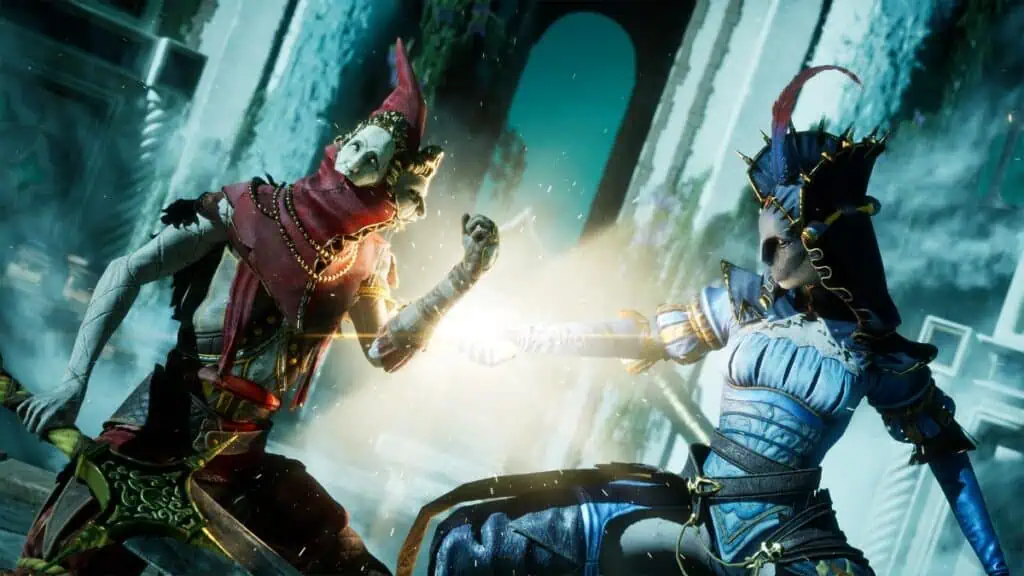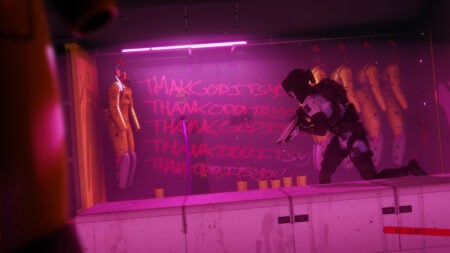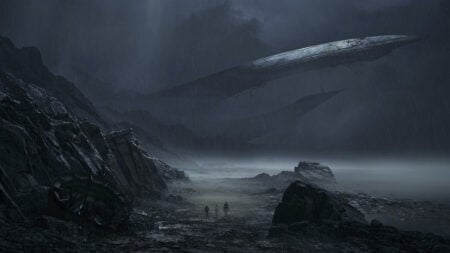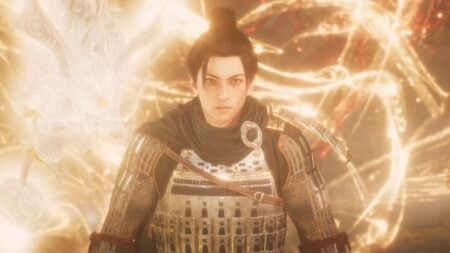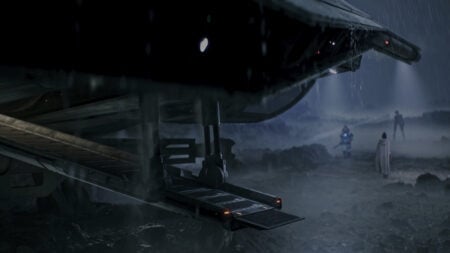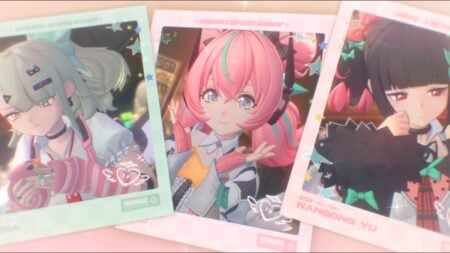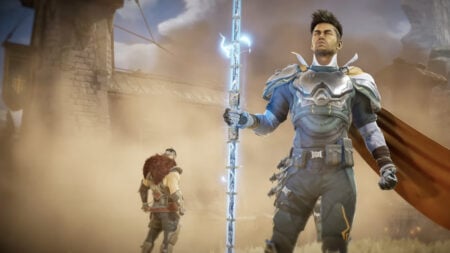Enotria: The Last Song looks nothing like Cyberpunk 2077, yet you can draw a straight line to it from Night City. That’s because the core team at Jyamma Games is comprised of former Cyberpunk devs. Pick at Enotria‘s strings long enough, and it’s V’s adventures that unravel. That’s not to say they’re the same kind of game. They’re not, and they don’t want to be. Yet they approach storytelling from a similar place, for similar reasons. During a recent, soon-to-be-published interview with the devs (conducted by The Nerd Stash’s very own Dylan Chaundy during Summer Game Fest), we learned some intriguing things about how Enotria‘s tale is told.
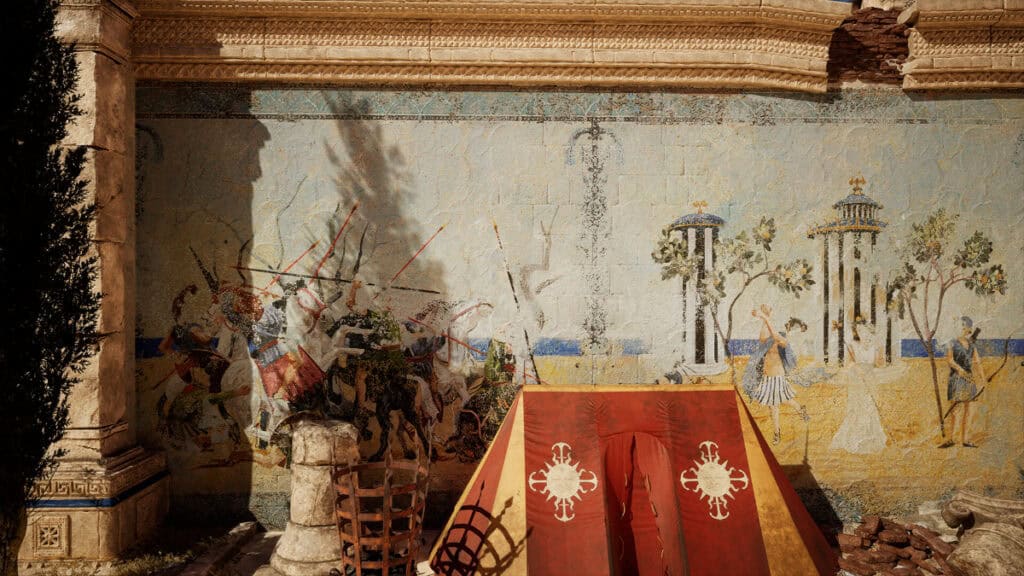
Enotria: The Last Song is noticeably sunnier (though not necessarily happier) than most Soulsbornes. That’s because it draws from Italian folklore for its storytelling and aesthetics. The resulting sunbathed ruins look little like most Soulsborne settings, and that’s a good thing. Edoardo Basile, Project Manager for Enotria: The Last Song, noted that the team implemented quests and cutscenes “in a more traditional way than Dark Souls,” in part due to the core team’s experiences with Cyberpunk 2077. Basile went on to describe the team’s attempt to “find a sweet spot in the middle between direct and indirect narrative,” using a church in Enotria as an example.
The frescoes painted on the walls and ceilings reveal large chunks of lore about the world. Players might even find themselves returning to the church to reexamine the frescoes to better understand things once they’ve learned more. Balancing environmental storytelling with cutscenes and other explicit narrative tools isn’t easy. Yet Cyberpunk 2077 is one of the most thoroughly realized settings out there, in large part due to its blended storytelling. You’re getting ramen at a neon-lit street cart one minute, then watching Johnny Silverhand wave a gun around and rant about Arasaka the next. If Enotria wasn’t already on your wishlist, Night City is one reason it should be.

